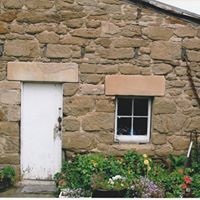What is a board covering the joint between the wall surface and the floor called?
In architecture, a baseboard (also called skirting board, skirting, wainscoting, mopboard, floor molding, or base molding) is usually wooden or vinyl board covering the lowest part of an interior wall. Its purpose is to cover the joint between the wall surface and the floor.
Skirting boards are often considered to have their origins back in the 1800’s during the Victorian era. Back then, skirting boards were primarily used for their functional benefits within a room. They provided an effective protective barrier to reduce risk of damage from furniture or other objects bumping up against the walls.
Victorian homes also faced heating challenges, since many were constructed from bricks and radiators were not yet commonplace. Skirting boards helped to add extra insulation to keep homes warmer and reduce draughts. Another side effect of having brick homes was that plaster finishings were needed at the bases of walls. These were often messy finishes and were susceptible to breakages and cracks since the techniques being used were not yet as refined as they are today. Skirting boards helped to cover up this unsightly plaster work, while adding extra stability to the bases of walls.
Larger, bolder skirting boards (sometimes 30cm or more in height) were often fitted in luxury homes of affluent individuals and families who could afford them. These were seen as a measure of your wealth and status, making high-ceiling rooms look even more expansive.
More Info:
intrimmouldings.com.au







